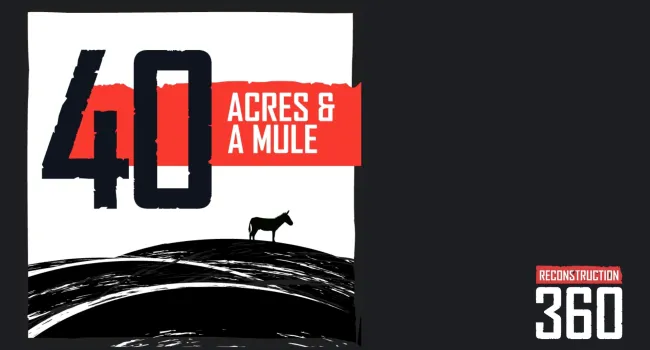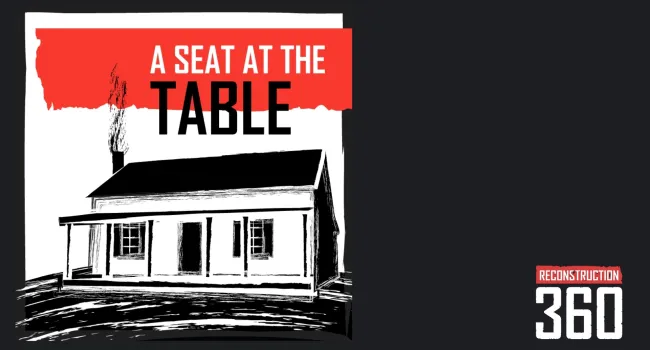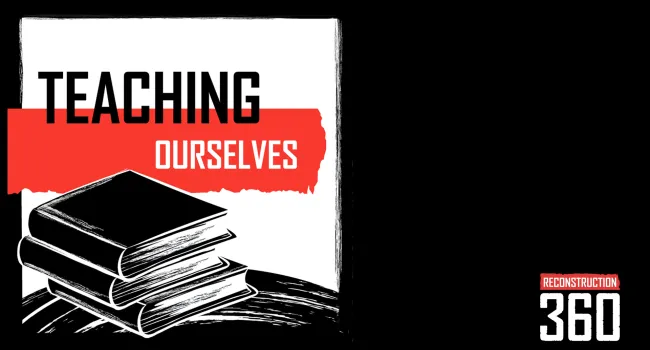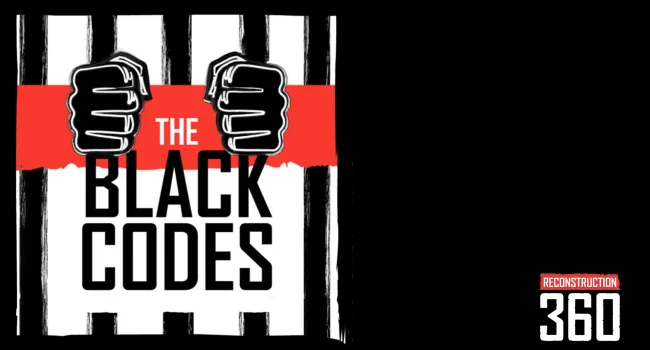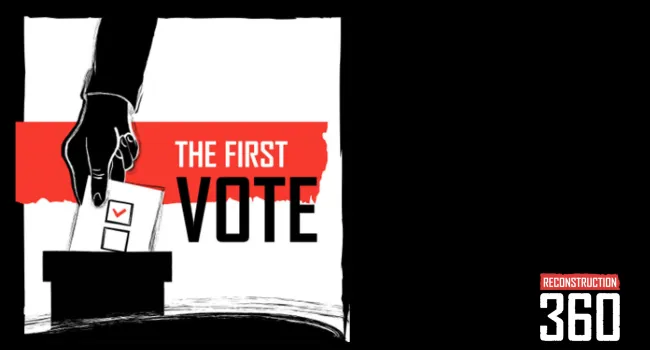
Reconstruction 360
Reconstruction 360 uses a 360 degree video platform as a storytelling device that lets the audience step inside pivotal Reconstruction events.

Reconstruction 360 uses a 360 degree video platform as a storytelling device that lets the audience step inside pivotal Reconstruction events. By clicking on icons within the 360 video the user can access short documentaries that offer the perspectives of multiple characters. Reconstruction 360 also includes lesson plans, primary documents, and curriculum standards.
Within this Series
Partners

